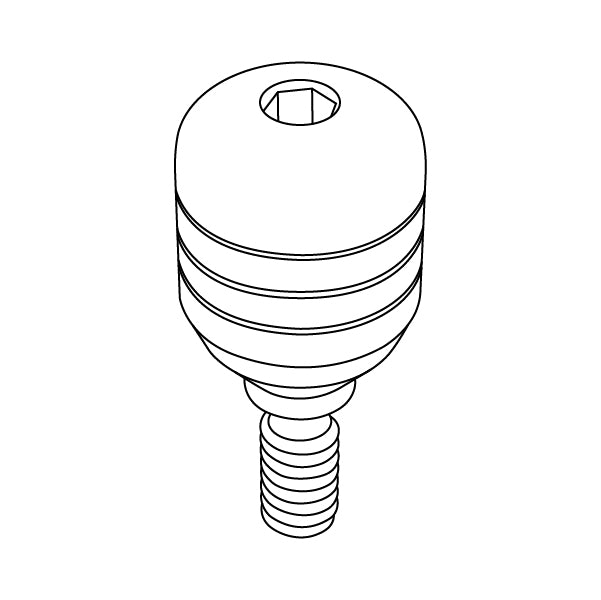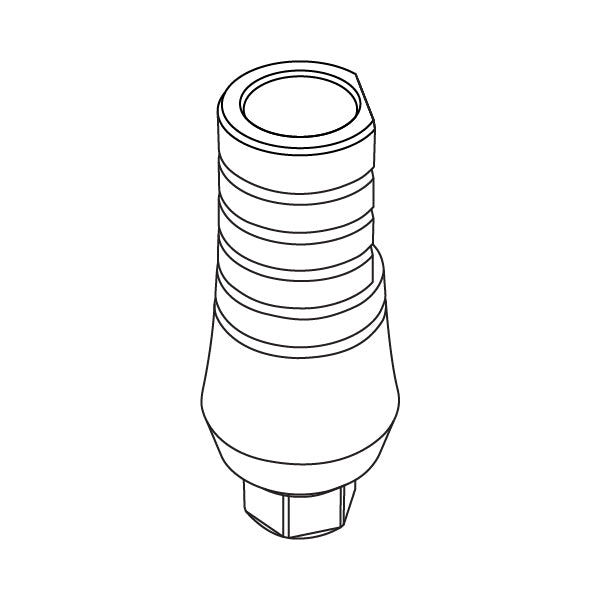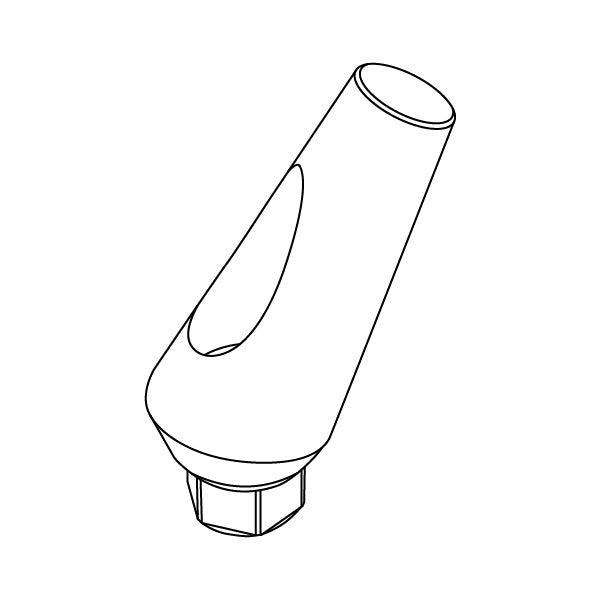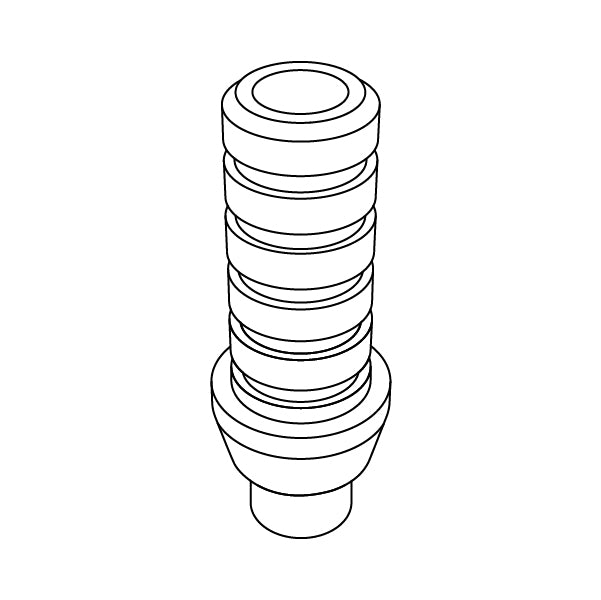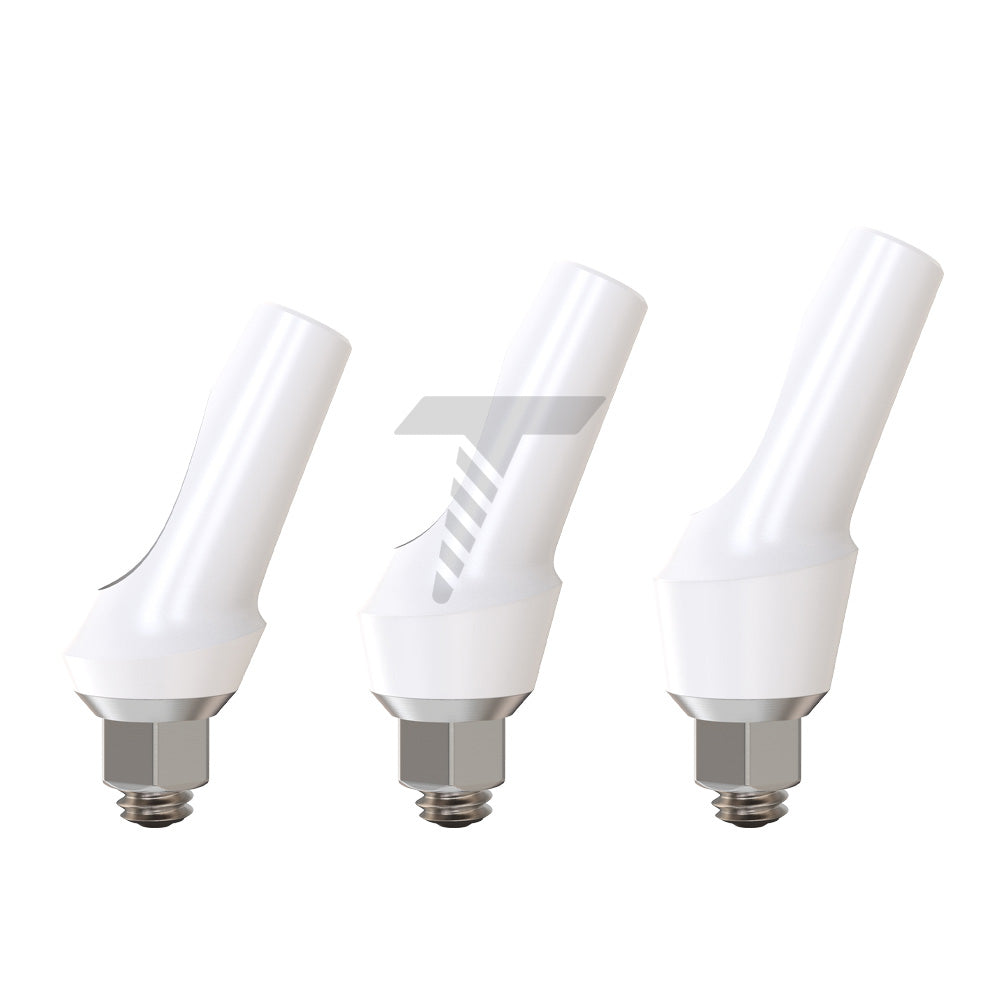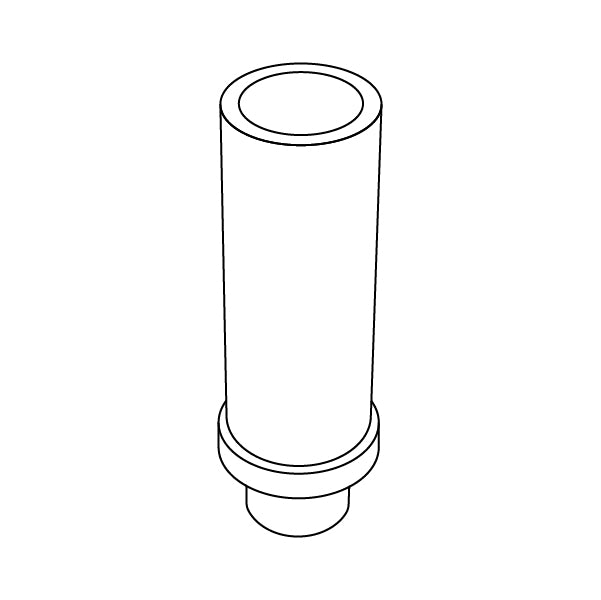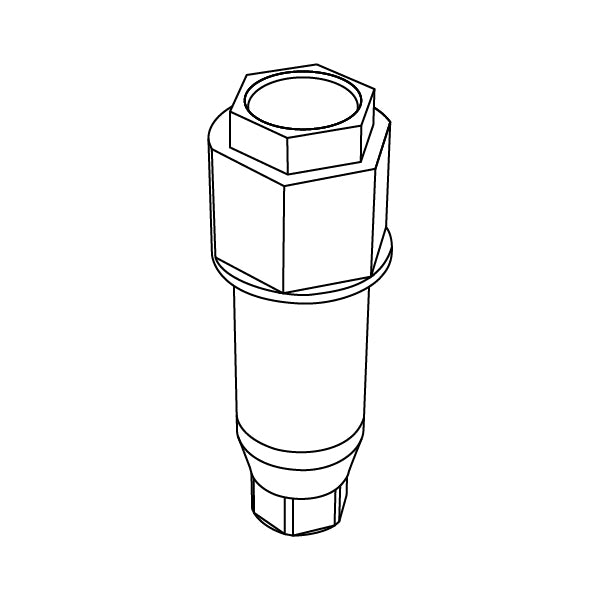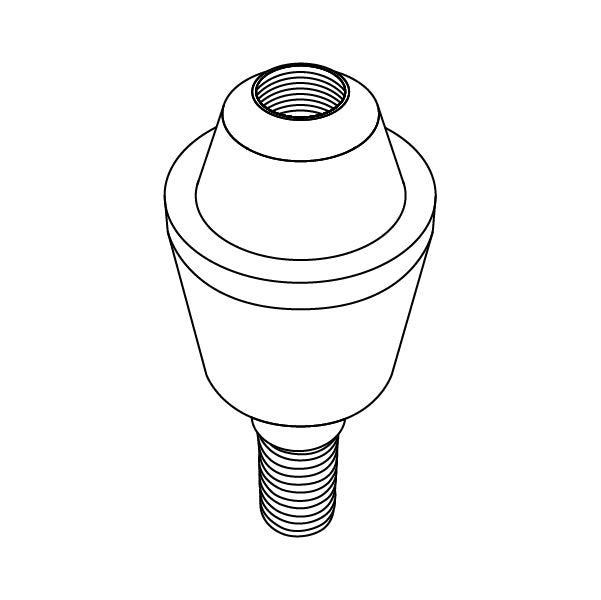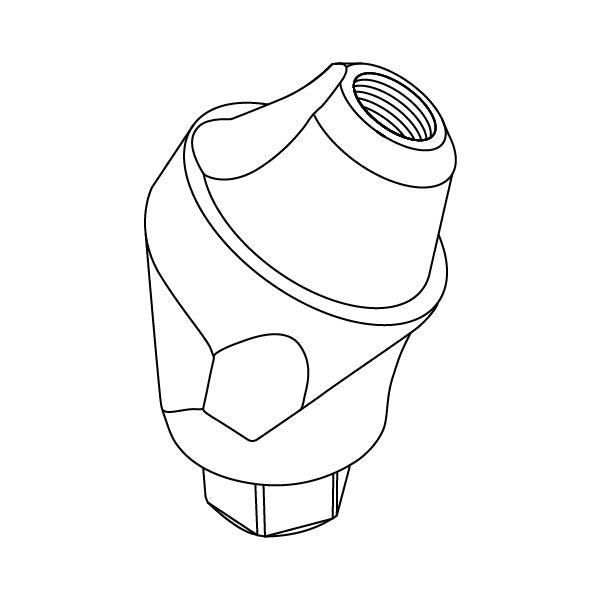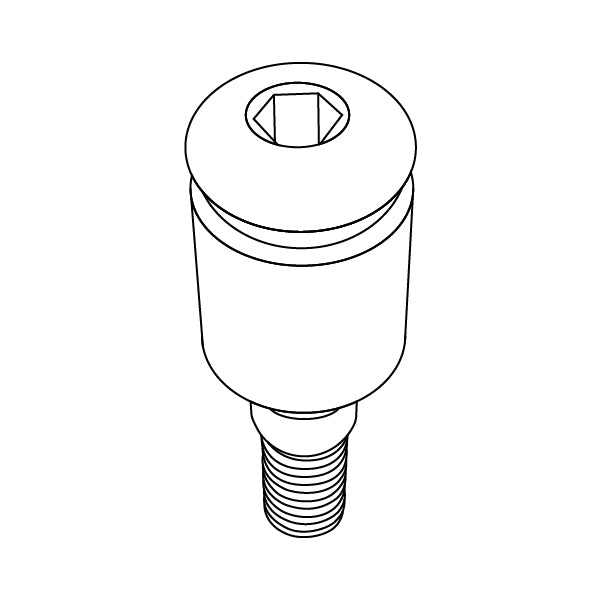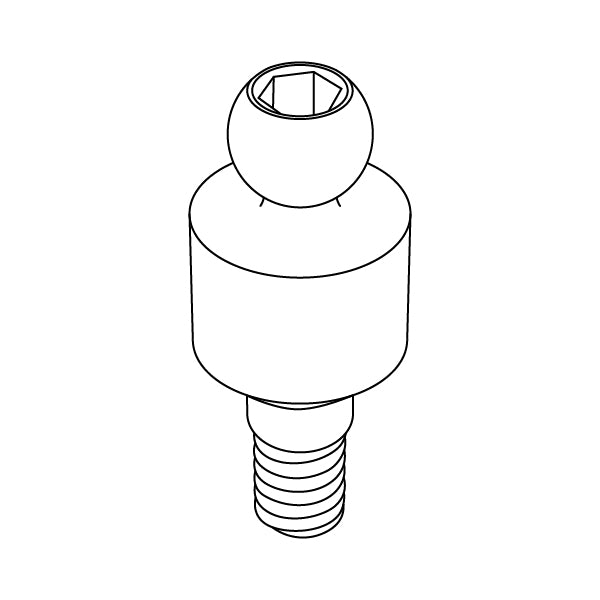Our range of Implant Analogs will help you to perfectly position dental implants in your patients' mouths, providing an accurate replica of the implant's position and angulation.
We provide a choice of narrow conical connection (NP) and regular conical connection (RP), to meet your patient's individual needs.
Browse our range to find the right fit for the case.
FAQs
There are many reasons to use angulated abutments. The benefits they bring to the table make the whole investment worth it. First, they ensure a better alignment of the final restoration, which boosts aesthetics. Apart from that, they can even improve the final functionality of the implant.
How can angulated abutments do that? Easy. They reduce the risk of bone loss and support the whole stability of the implant. Therefore, they are also an essential part of the recovery process of patients who need bone preservation to be a priority along the recovery phase.

